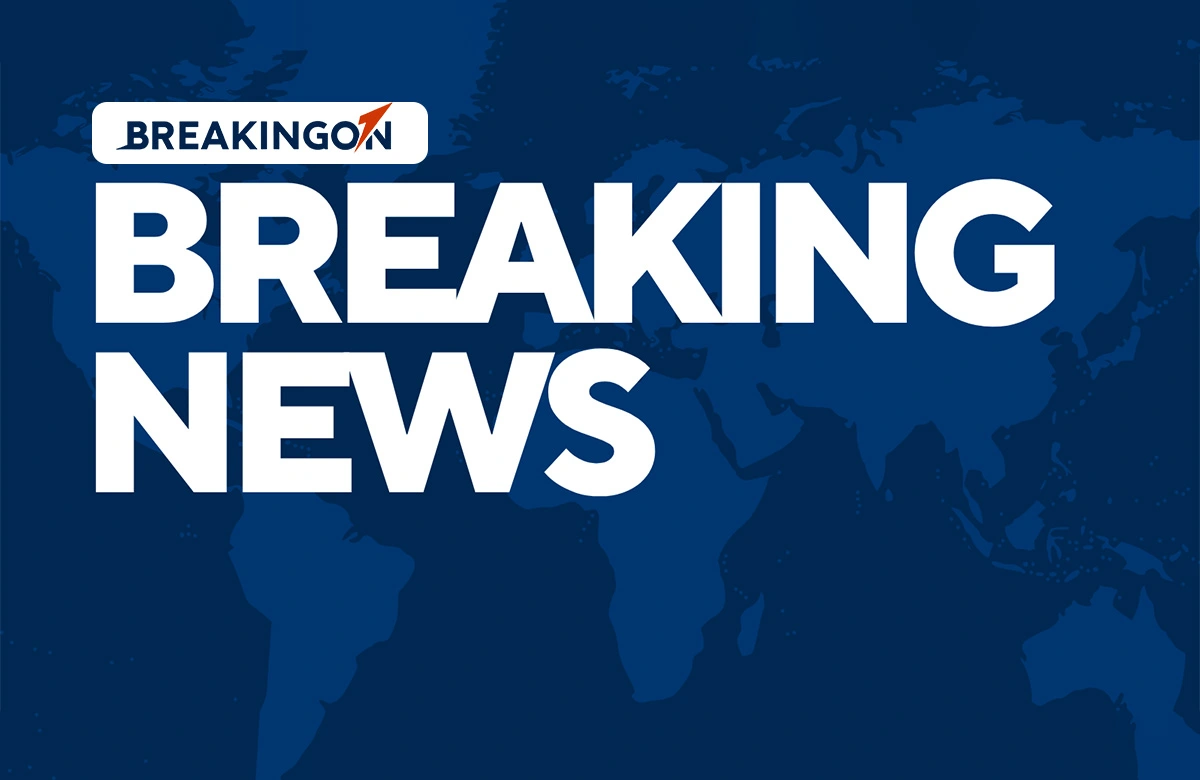
OTTAWA — In a stunning political turnaround, Prime Minister Mark Carney’s Liberal Party has emerged victorious in the recent federal election, as projected by Canada’s public broadcaster, the CBC. This remarkable comeback was significantly influenced by President Donald Trump’s tariff policies and ongoing attacks against Canada. Just a few months prior, Carney’s party appeared poised for a historic defeat. As the vote counting continues, it remains uncertain whether the Liberals will form a minority or majority government, marking their fourth consecutive term since 2015.
Amid escalating tensions from the U.S. president’s trade war and his threats to annex Canada, voters rallied behind Carney, a political novice with a background as the former governor of the Bank of Canada during the global financial crisis and the Bank of England during Brexit. Carney positioned himself as a steady and capable leader in a time of uncertainty, appealing to voters who viewed this election as one of the most consequential in their lives, especially in light of Trump’s menacing rhetoric.
The campaign was marked by significant events, including Trump’s announcement of tariffs on foreign automobiles during the first week, which prompted retaliatory measures from Canada. Just hours before the election results were revealed, Trump took to social media to wish Canadians “good luck” while reiterating his threats of making Canada the 51st state. This political landscape made the election pivotal for both the Liberal Party and the Conservative Party, led by Pierre Poilievre.
The election results signify a dramatic shift in the political landscape. The Liberals were considered all but finished after Justin Trudeau stepped down as prime minister in January, with the party trailing the Conservatives for over a year. Poilievre, a populist figure, was expected to achieve one of the largest majority governments in Canadian history. However, with Trudeau's resignation, Carney's ascension, and a surge of Canadian patriotism in response to Trump’s threats, the political narrative flipped.
Analysts have described the shift in public sentiment as seismic. Lori Williams, a political scientist at Mount Royal University, remarked, “To say it’s unprecedented is not only an understatement; it underplays the magnitude of the shift.” The election outcome raises questions about Poilievre’s leadership and the future of the Conservative Party, which has now suffered four consecutive electoral defeats.
As Canada relies heavily on the U.S. market—with nearly 80 percent of its exports directed to the United States—Trump's tariffs have consistently targeted the country. The Bank of Canada warned that a prolonged global trade war could lead to a recession, impacting business and consumer confidence.
The election campaign was dominated by intertwined ballot questions: who could effectively stand up to Trump and manage the fallout from potential ruptures in U.S.-Canada relations, and who could deliver the needed change. Voters were less concerned with specific policies and more focused on the leadership styles of the candidates. Carney, who has served as prime minister for less than two months, presented himself as the candidate capable of navigating Canada through Trump’s turbulent presidency.
During his campaign, Carney emphasized his crisis management experience, stating, “I have managed crises before. This is a time for experience, not experiments.” He pledged to establish a new trade and security relationship with the U.S., advocating for targeted retaliatory tariffs while committing to meet NATO defense spending targets by 2030. Carney declared that Canada’s traditional relationship with the U.S. is changing, seeking to diversify trading partnerships with more reliable countries.
In contrast, Poilievre struggled to adapt his campaign strategy after Trudeau’s departure, failing to pivot away from his “ax the tax” message against the former prime minister. He tried to cast Carney as an elitist reminiscent of Trudeau, arguing that a Liberal government under Carney would continue the same policies. However, his efforts to present himself as the true agent of change fell flat as the political context shifted.
His campaign, marked by a brash style and slogan-heavy messaging, failed to resonate with voters seeking a serious approach in a time of crisis. In the final week of the campaign, the Conservatives even ran ads without Poilievre, indicating that his combative style may have alienated key segments of the electorate.
As the dust settles from this pivotal election, the Liberal Party’s victory under Mark Carney signifies a new chapter in Canadian politics, one that will be closely watched as the nation navigates the challenges posed by U.S. policies. With questions looming over the future of the Conservative Party and the evolving relationship with the United States, the coming months will be crucial for Canada’s political landscape.